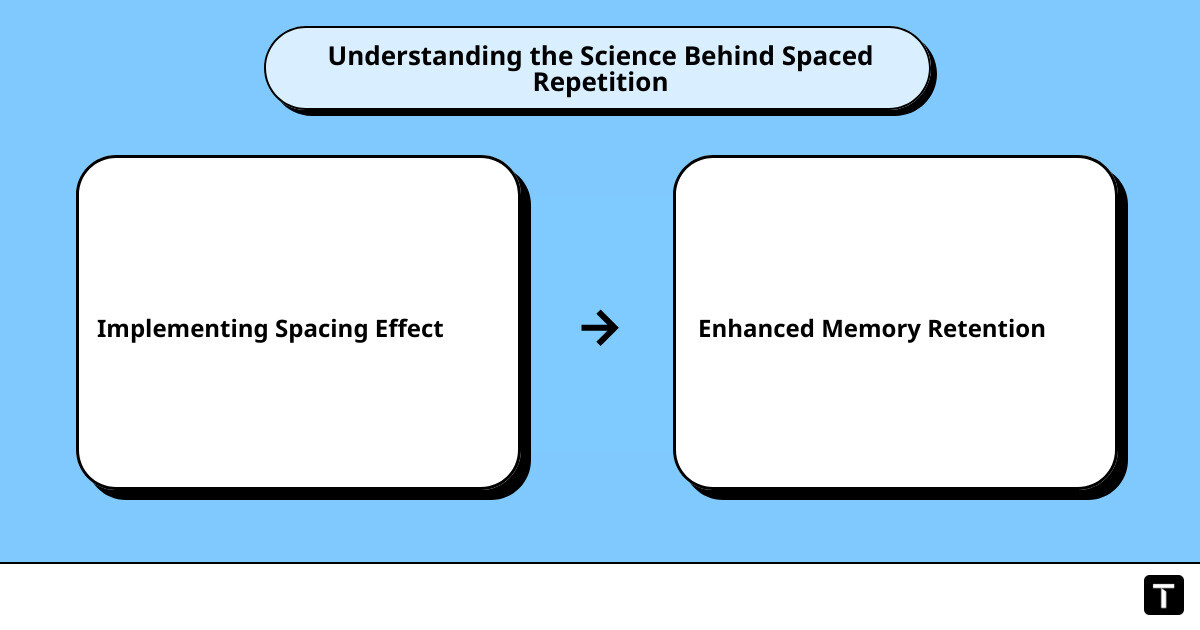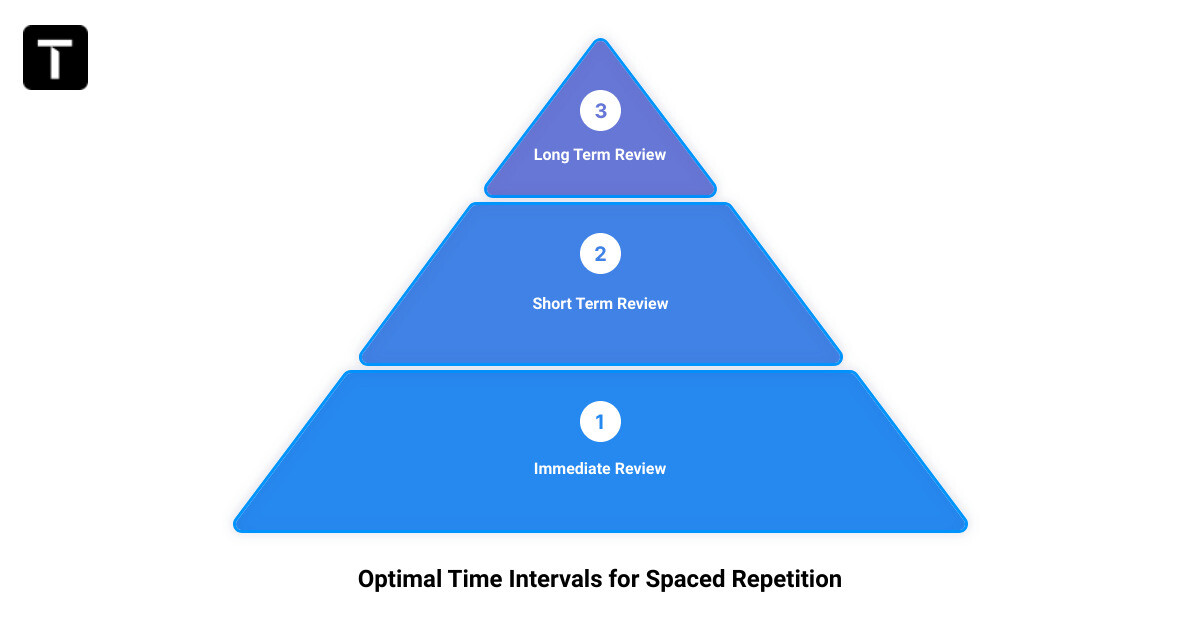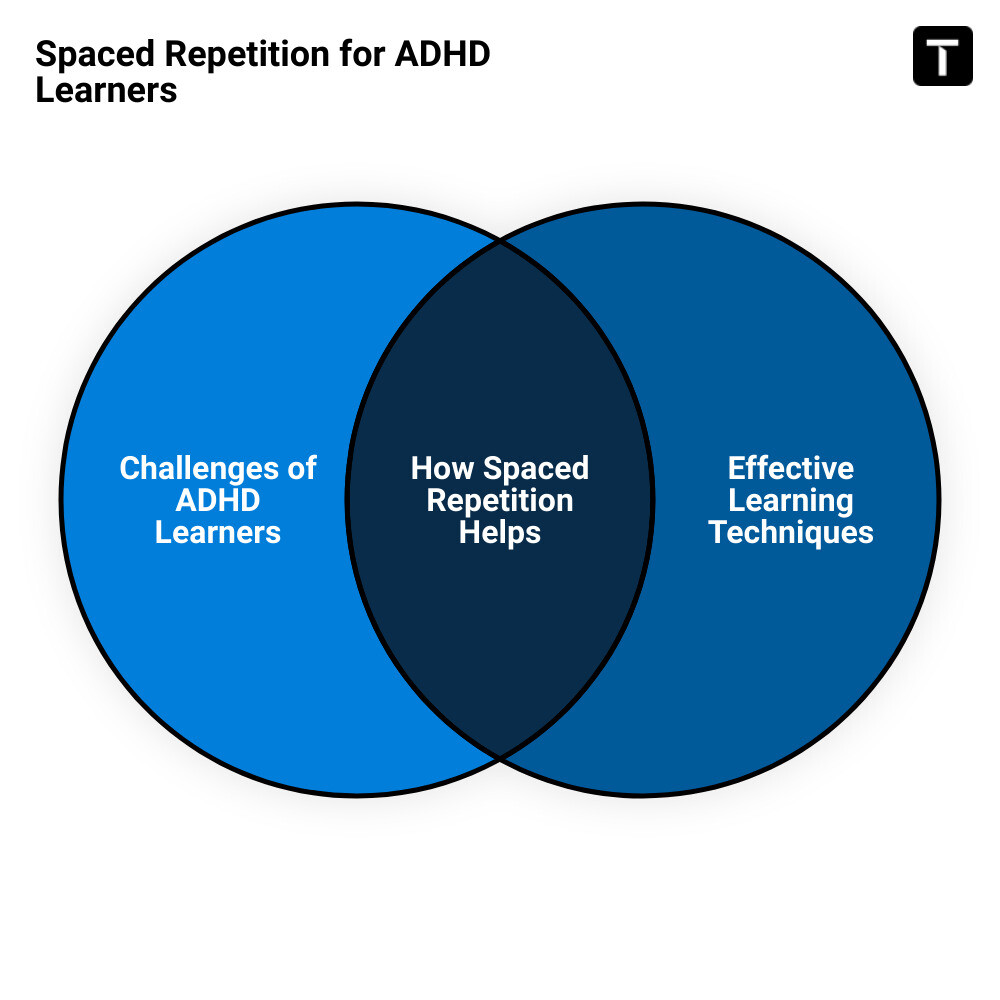Introduction to Spaced Repetition
Are you struggling to remember the thousands of Mandarin characters you're trying to learn? Or maybe you're finding it hard to retain the new concepts you've just studied? Enter spaced repetition, a scientifically-backed learning strategy designed to boost your long-term memory retention and make learning more efficient.
In essence, spaced repetition is a learning technique that involves reviewing lessons at increasing intervals to help cement important information in your memory. Think of it as a workout for your brain, where your mental muscles get stronger with each repetition. But instead of lifting weights, you're revisiting the material you're trying to learn.
This method is not just about rote memorization; it's about understanding and retaining information for the long haul. Whether you're learning Mandarin Chinese, studying for a big test, or trying to master a new skill, integrating a spaced repetition calendar into your study routine can be a game-changer. This article will dive into the science behind spaced repetition, explore its practical applications, and introduce you to tools like Traverse that leverage this technique to enhance your learning experience. Stay tuned and get ready to take your learning to the next level with spaced repetition.

Understanding the Science Behind Spaced Repetition
Have you ever wondered why cramming for an exam often yields disappointing results? The answer lies in the fascinating interplay of cognitive science principles that underpin the practice of spaced repetition.
The Spacing Effect
The Spacing Effect is a theory that asserts our brains learn more efficiently when our study sessions are spread out over time, rather than being crammed into one marathon session. Imagine you're building a brick wall. If you stack the bricks too quickly without letting the mortar dry, your wall will likely crumble. Learning operates on a similar principle. Our mental 'mortar' needs time to dry and solidify the knowledge, just as in wall-building, rushing the process often leads to ineffective results. This effect allows our mental 'mortar' to dry, solidifying new knowledge and making the learning process more effective.
Storage Strength and Retrieval Strength
Memory storage in our brain involves two significant strengths: storage strength and retrieval strength. Storage strength refers to how well the information is embedded in our memory. It doesn't fade over time and can only be increased through repeated recall or use. On the other hand, retrieval strength pertains to how easily we can access that memory. This aspect is more fragile and fades over time unless maintained through regular recall.
Interestingly, the act of forgetting is not primarily an issue of lost storage strength, but rather a problem of declining retrieval strength. The knowledge is still there, stored in our brain's vast library, but we struggle to locate it without regular maintenance.
The Role of Forgetting in Learning
Contrary to popular belief, forgetting plays a crucial role in learning. The "Forget to Learn" theory suggests that a certain degree of forgetting must occur for us to strengthen learning when we revisit the material. Without a bit of forgetting, you gain no benefit from further study. It's this process that allows learning to build, much like exercising a muscle.
Understanding these concepts of the spacing effect, the dual strengths of memory, and the role of forgetting in learning, can help us comprehend why spaced repetition is such a potent tool in our learning arsenal. This knowledge can transform the way we approach learning, maximizing our efficiency, and retention.
The Leitner System and Its Application in Spaced Repetition
Step into the world of the Leitner System, a time-tested approach to learning that leverages the power of spaced repetition. Named after German scientist Sebastian Leitner, the Leitner System is a straightforward but effective method of using flashcards to maximize memory retention. With its principles rooted in cognitive science, it's a system that's as effective today as it was when Leitner first introduced it.
The Mechanics of the Leitner System
The Leitner System uses physical flashcards, each containing a question or concept on one side and an answer or explanation on the other. These cards are then sorted into different boxes, each representing a specific review interval. When you correctly recall the information on a card, it advances to a box with a longer review interval. Conversely, if you fail to recall the information, the card returns to the first box, indicating the need for more frequent review. Over time, this system ensures that you're reviewing the right information at the right time, making your study sessions incredibly efficient.
This tangible, hands-on approach to spaced repetition makes it an excellent starting point for lifelong learners new to this learning technique. However, while the Leitner System is an effective analog solution, digital tools like Anki) and Traverse have taken this concept to a whole new level of convenience and customization.
From Analog to Digital: Taking Spaced Repetition Online
In the digital age, apps like Anki and Traverse have enhanced the Leitner System by integrating sophisticated algorithms to schedule your reviews. These algorithms adjust the intervals based on how well you're learning the material, providing a personalized and optimized learning journey.
Traverse, for example, offers a complete, science-based study method in a single app, including user-friendly spaced repetition flashcards, note-taking features, and a visually organized mind map for vibrant and colorful expression of ideas. If you're using Anki, decks can even be imported into Traverse for a seamless transition and continued learning.
Applying the Leitner System to Learning Mandarin
The Leitner System has proven particularly effective in language learning contexts, including the study of Mandarin Chinese. The system's focus on frequent review of challenging material makes it ideal for reinforcing the recall of Chinese characters, vocabulary, and sentence structures.
In conclusion, the Leitner System provides a structured, easy-to-understand approach to implementing spaced repetition, making it an excellent tool for maximizing your learning efficiency. Whether you choose to use physical flashcards or digital tools, the Leitner System can be a powerful addition to your learning toolkit.

Optimal Time Intervals for Spaced Repetition
After understanding the concept of spaced repetition and how it can be implemented using tools like the Leitner System, the next crucial step is to determine the optimal time intervals for your study sessions. This scheduling is critical to effectively leverage your brain's natural forgetting curve and maximize retention.
Dr. Piotr Wozniak's Recommended Intervals
When it comes to determining the best spaced repetition intervals, Dr. Piotr Wozniak, the developer of the first computer algorithm for spaced repetition, provides a compelling starting point. His research suggests a sequence of increasing intervals that align with the brain's forgetting curve.
The recommended schedule begins with a repetition on Day 1. This is followed by the second repetition seven days later, a third repetition after 16 days, and a fourth repetition 35 days after the initial learning session. This approach aims to engage with the material just as you're about to forget it, reinforcing the memory in the process.
Customizing Intervals Based on Individual Learning Needs
While Dr. Wozniak's intervals offer an excellent foundation, the most effective spaced repetition schedule is the one you can maintain consistently. This means adapting the intervals to fit your individual learning needs and goals. For instance, if you're learning Mandarin, you might need a different schedule compared to someone preparing for a math exam.
If you're gearing up for an exam, you may need to adjust the intervals to accommodate the limited timeframe. Begin by identifying high-yield material most likely to appear on the exam and prioritize it in your schedule. You could start with a few hours between reviews, gradually increasing to daily reviews, and then every few days as the exam approaches.
If your goal is to master a new language like Mandarin, consider adopting intervals that range from as short as 5 seconds to as long as 2 years. This approach allows for gradual progression and continual reinforcement of the material.
In conclusion, the key to successful learning isn't cramming — it's consistent, spaced-out repetitions over time. By carefully crafting and adhering to your optimal spaced repetition schedule, you can effectively train your brain to retain information for longer periods and excel in your learning journey.
The Role of Spaced Repetition in Learning Mandarin Chinese
Partnering with Mandarin Blueprint
Let's pivot from the general principles of spaced repetition and zone in on a practical application: learning Mandarin Chinese. This language, with its intricate characters and tones, presents unique challenges to learners. However, the spaced repetition technique can be a powerful ally in this learning journey, especially when combined with innovative platforms like Traverse and Mandarin Blueprint.
By partnering with Mandarin Blueprint, Traverse harnesses the power of both spaced repetition and active recall in a synergistic way, providing learners with an unparalleled Mandarin learning experience. Mandarin Blueprint's immersive and comprehensive course content, combined with Traverse's spaced repetition, equips learners with the tools they need to master Chinese characters and achieve long-term proficiency in Mandarin.
Using Standard Unicode for Chinese Characters and Radicals
To truly maximize the benefits of spaced repetition in learning Mandarin Chinese, it's crucial to understand and apply the concept to the very building blocks of the language - the Chinese characters and radicals.
Each Chinese character is a story in itself, often composed of basic components known as radicals. Dissecting characters into these radicals can provide phonetic or semantic clues, making them easier to memorize and recall. For example, the radical 木 (mù) represents wood, offering a clue to the meaning of characters that contain it.
Another powerful technique is to use standard Unicode for Chinese characters and radicals. Unicode is a universal character encoding standard used in the digital representation and handling of text. By using Unicode, you can ensure consistent representation of Chinese characters across different devices and platforms.
Incorporating these techniques into your spaced repetition schedule can drastically enhance your ability to retain and recall Chinese characters, ultimately speeding up your progress in mastering Mandarin.
In the next section, we will look at how Traverse, an innovative learning app, utilizes spaced repetition to enhance the learning experience. Stay tuned!
Traverse: A Learning App that Utilizes Spaced Repetition
Imagine a single app that seamlessly combines the power of mind mapping, the efficiency of spaced repetition flashcards, and the convenience of note-taking, all wrapped in a visually appealing interface. Welcome to Traverse, the ultimate learning tool for mastering complex subjects.
Features of Traverse
Traverse is more than just a spaced repetition app. It's a comprehensive learning platform designed to help you master complex subjects effectively. It includes user-friendly spaced repetition flashcards, note-taking features, and a visually organized mind map that allows for vibrant and colorful expression of ideas.
Unlike traditional flashcard systems, Traverse allows you to create connections between different pieces of information, helping to deepen your understanding and creating a more holistic learning experience.
The default scheduling algorithm used in Traverse is similar to Anki’s algorithm, a trusted name in spaced repetition learning. However, Traverse takes this a step further, allowing you to fully customize your study schedule according to your individual needs. This way, you don’t just follow a one-size-fits-all approach but can create a personalized learning plan that works best for you.
Importing Anki Decks for Continued Learning
If you've been using Anki for your studies, you'll be pleased to know that Traverse allows for easy import of Anki decks, including all scheduling information, media, and image occlusions. This means you can seamlessly continue your learning journey on Traverse, without losing any of your progress.
Moreover, Traverse is currently the only app on the market that provides a comprehensive evidence-based study process. It's been designed with the latest research in cognitive science, ensuring that your learning is not only efficient but also supported by scientific evidence.
To sum up, Traverse is a powerful tool that combines the benefits of spaced repetition with other effective learning strategies, providing a comprehensive and flexible solution for mastering complex subjects. Whether you're a Mandarin learner trying to master thousands of characters, a medical student preparing for an important exam, or simply a lifelong learner on a quest for knowledge, give Traverse a try and revolutionize your learning experience.

Spaced Repetition for ADHD Learners
Navigating the learning landscape with Attention Deficit Hyperactivity Disorder (ADHD) can sometimes feel like navigating a labyrinth with shifting walls. For ADHD learners who often grapple with focus and memory retention challenges, spaced repetition can serve as an effective compass guiding them through the labyrinth of learning.
Traditional cramming or marathon study sessions often require several hours of intense and uninterrupted focus, a feat that can be daunting for learners with ADHD. The spaced repetition method, on the other hand, involves short, manageable study intervals spread out over time. This approach can significantly reduce the stress and cognitive overload typically associated with intense study sessions.
Spaced repetition is an efficient tool for ADHD learners as it aligns with their unique learning needs. It can be used to break down complex information into manageable chunks, making it easier to process and remember. Moreover, the spaced intervals between study sessions provide an opportunity for the brain to rest and consolidate new information, promoting long-term retention.
An ideal spaced repetition schedule for an ADHD learner might involve initial repetition within 24 hours, followed by the second repetition on day 3, and subsequent repetitions on days 7, 21, 30, 45, and 60. This schedule allows for gradual, sustained learning and reinforces memory over time without overwhelming the learner.
Incorporating spaced repetition into a study routine can help ADHD learners maximize their learning potential and overcome the hurdles often associated with traditional learning methods. By adapting the pace and frequency of study sessions to suit individual learning needs, spaced repetition can transform the learning journey from a daunting labyrinth into a navigable pathway to success.
Remember, every learner's journey is unique, and what works best for one person may not work as well for another. Therefore, it's crucial to adjust the intervals based on personal learning pace and comfort. The beauty of spaced repetition lies in its flexibility and adaptability, making it a powerful tool for learners of all types, including those with ADHD.
Embrace the power of spaced repetition and turn the tides in your favor on your lifelong learning journey.
Conclusion: Maximizing Learning with a Spaced Repetition Calendar
After exploring the science behind spaced repetition, the role of the Leitner System, and the importance of customizing your learning intervals, it's clear that a structured approach can significantly enhance your learning efficiency. This is where a spaced repetition calendar comes into play. It's not just a tool for organization; it's your personalized roadmap to long-term knowledge retention and mastery.
A spaced repetition calendar, like the one provided by Traverse, systematically schedules your review sessions to maximize retention and minimize the time spent re-learning. It leverages the spacing effect and the dual strengths of memory, making each study session a stepping stone towards effective, long-term learning.
Whether you're learning Mandarin Chinese, preparing for an exam, or simply trying to remember important information, the calendar provides you with a visual representation of your learning journey. It helps you track your progress, identify challenging material, and adjust your study intervals based on your personal learning needs and pace.
Furthermore, for our lifelong learners with ADHD, a spaced repetition calendar presents an opportunity to break away from the unrealistic demands of cramming. By spacing out study sessions over a few days or weeks, it's possible to achieve better memory retention with less stress.
Remember, consistency is key. Stick to your spaced repetition calendar, and over time, you'll notice your recall ability and knowledge retention improving. Try not to skip review sessions, even if the material seems easy. In fact, reviewing easy material can further solidify it in your long-term memory.
In a world where information is abundant, our ability to remember and retain that information becomes our most valuable asset. Equip yourself with a spaced repetition calendar, and unlock the full potential of your brain. Turn the act of forgetting into a tool for learning, and transform the way you learn and remember.
In conclusion, maximizing your learning potential is no longer a daunting task with the help of a spaced repetition calendar. It's a powerful, science-backed instrument that can be tailored to your learning style, needs, and pace. Embrace this method, and you're well on your way to becoming a more effective and efficient lifelong learner.

